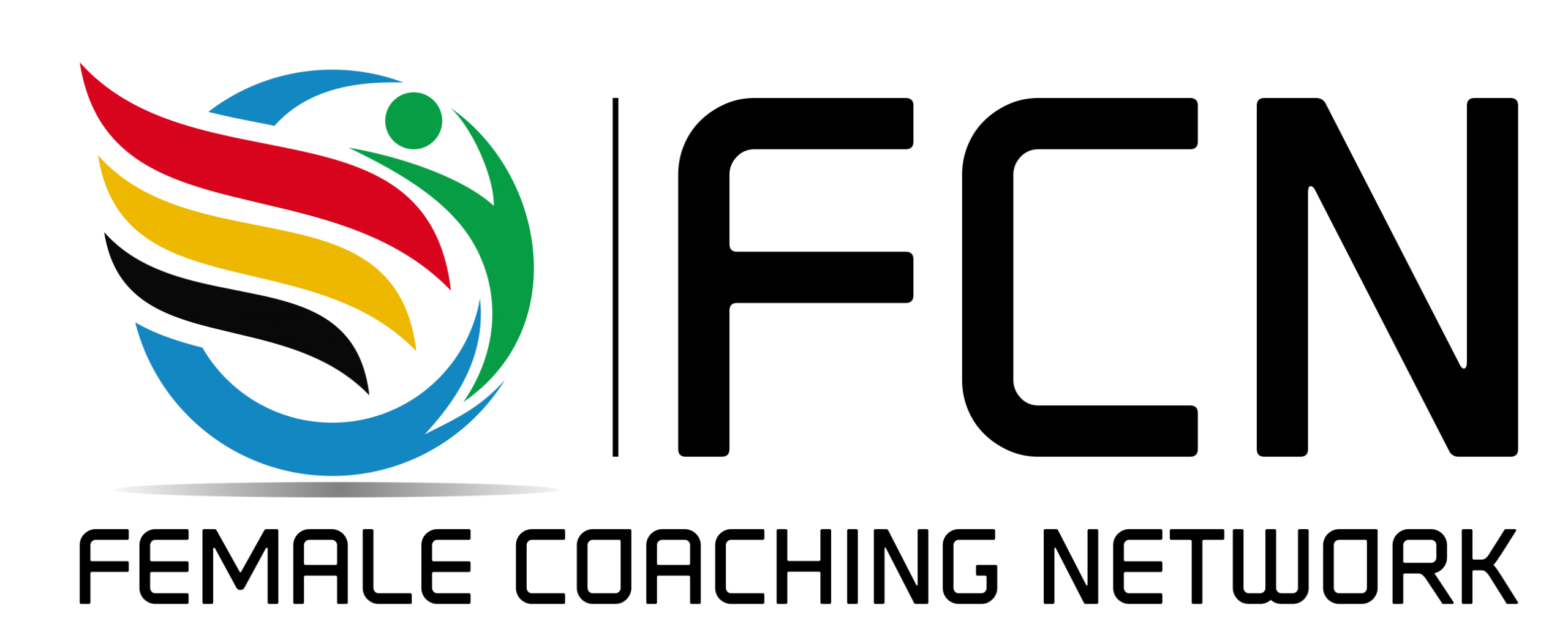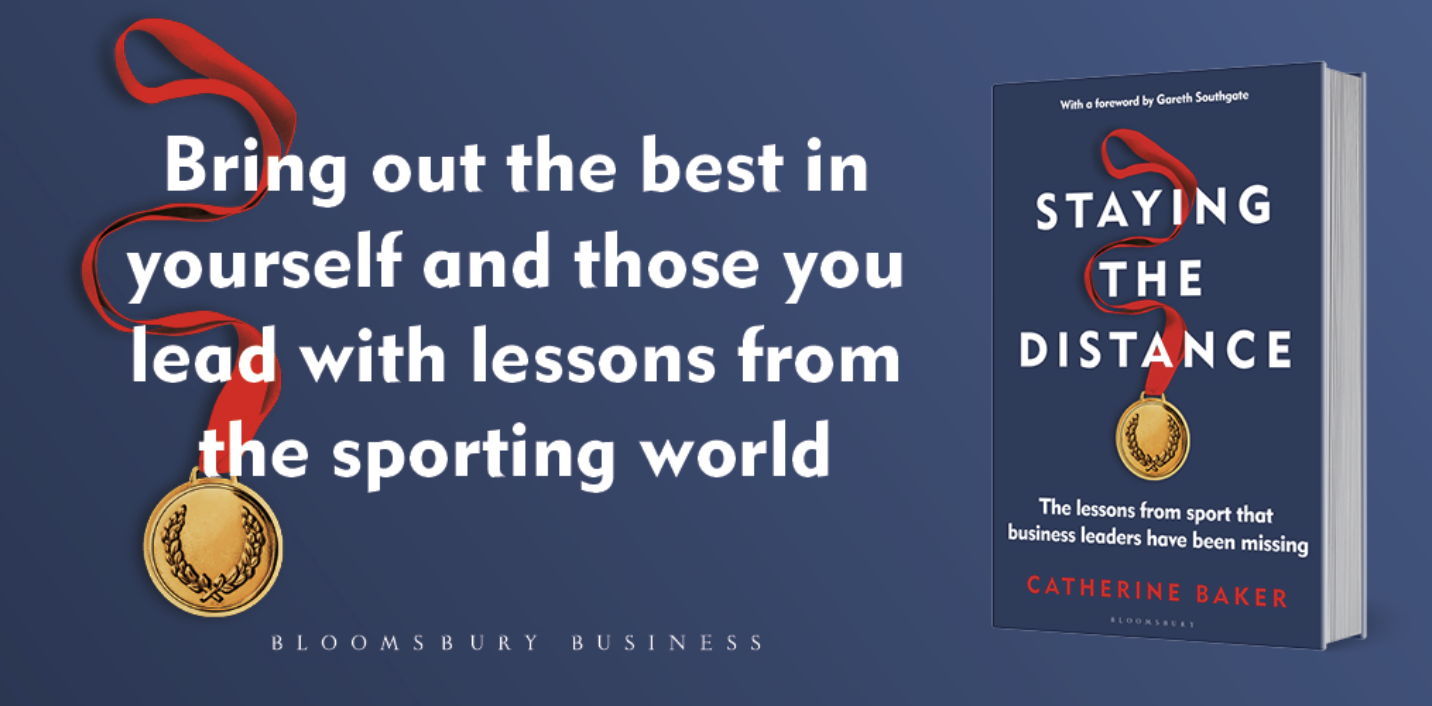The modern game has seen players become superior athletes to those of the earlier era. These stronger, fitter, faster and overall more complete athletes have taken tennis to a place that many never imagined. As players have become more explosive, they have also become better able to cover the distance of the court much more effectively; meaning that players have had to find a way to get the ball past their opponent.
With tennis players of today being faster, it has meant that the geometry of the court almost feels smaller. Traditionally, a point ending shot would be hit by a player taking the ball from a position slightly more towards the net, following it in and taking the last ball as a volley to finish. Many played a serve and volley style of tennis but over time with players able to move quickly to cover those volleys and make an easy passing shot shows that the game has certainly changed to a far greater level.
Around the time Samantha Stosur was breaking through, so too were a form of polyester strings that further enabled players to develop the velocity of their ground strokes, but still not to the point that it was easy to get the ball past an opponent anymore. As Sam’s coach at the time it became increasingly obvious to me that in order for her to utilize her massive amount of power and forehand that spun at over 3500 rotations per minute, a formula needed to be developed where she and other players I would coach could maximize those strengths against their opponents.
In the development of the Callaghan method, the primary focus was on the geometry of the court. When a player hits a forehand from a ball that has landed in the middle of the court, they are able to realistically create an angle of 45 degrees (at the opponents end of the court) due to the position of the hips during the loading phase and angle of the feet when they plant to strike.
The below diagram demonstrates the difference in the angle of taking a forehand versus taking a backhand on the first shot after the serve, in comparison when looking specifically at the place an opponent must run to cover the shot. The angle from the ball going off the court is increased by an angle of at least 20 degrees plus an extra two meters for the opponent to cover.
It should be noted that once the ball is struck left of centre, even more angle is be created a forehand and therefore further distance for the opponent to travel.
The Callaghan method goes through a series of contact moves that occur between the way the player lands after the serve and the way they are able to get into position after the return comes back. Players often struggle to get into the correct landing position after the serve due to balance issues. If the player is off balance it makes the fast hip retraction in order to play a forehand from the middle of the court very difficult. The Callaghan Method consists of a sequence of five contact moves. With specific training done consistently in order of the Callaghan Method, it will allow the player to successfully position themselves to execute the change in court geometry. Time is the factor we are looking to take advantage of when implementing this methodology. If the opponent is forced to run wider on the court it can add up to 1.3 seconds to their recovery time, meaning that the powerful player can now get the ball past even the world’s fastest opponent.



The 5 ‘Callaghan Method’ Contact Moves
- Arabesque
- Drop Step
- Reverse Hip Flip
- Lunge load
- Kick Back
1. Arabesque
Unique to the Callaghan Method, players begin serving off a platform (athletic step up box is used in this method). The landing is the critical component to the whole sequence and it allows the body to be correctly aligned for the flow on contact moves. To do the reverse hip flip a strong drop step is required. The reason for this is that the player needs enough ‘push back explosive power’ to ‘reverse hip flip’ off one step essentially giving the player enough time to get to the correct position to hit the forehand off the first ball.
Position your player on the athletic step in a regular service stance. The player will not hit the ball. This is a shadow swing. The ‘arabesque’ contact move is trained as a SHADOW SWING only. The player does a shadow serve jumping off the box and landing on the front leg. Due to the drop down and velocity of the service motion the back leg is lifted up high into the air serving as a counter balance for the forward loaded landing leg. It is from this well balanced ‘arabesque’ position that the player can keep their chest at the correct height (players frequently collapse when not on the athletic platform). Note that the sole for the shoe on the back leg should be facing the sky on the landing. Have the player hold the ‘arabesque’ move for 3 seconds and repeat for 8 jumps. This should be done for 2 – 3 repetitions.
2. Drop Step
Position the player in the ‘arabesque’ pose. From this position have the player take the foot that is off the ground and step it about 2 feet forward in front of them and land but push off immediately and see how far they can propel their body back behind the baseline off this step. This should be done 6 times in each set with 2 – 3 reps per set.
3.Reverse Hip Flip
The player stands in an open stance position and starts to slowly back peddle. On the clap from the coach, the player spins their feet 90 degrees to the right or left depending if they are right or left handed. The player keeps their eyes forward as the head does not turn. The hips go from a forward facing position to facing the side fence. Once they have made the move they should spin their hips back immediately and continue to back peddle until the coach claps again and repeat. The Reverse Hip Flip gets the player to the side of the ball as soon as possible. During the serve + forehand routine the player will take a reverse lateral set at the same time as they do the hip flip contact move. This allows them to create the hip angle which dictates the angle at which the ball will go through the side of the court. The player should perform a series of 8 reverse hip flips and do 2 – 3 sets.
4. Lunge Load
The player stands with their feet about 3 feet apart or at the regular distance at which they perform a split step. The player loads approximately 6 inches down into the legs and at the lowest depth of the lunge jumps up as high as they can immediately. If the player will pauses at the bottom of the load, it will cause the player to lose the elastic energy that they have stored by bending. As a result of the pause, the player will start losing leg power immediately. This power is used in the kinetic movement that executes the forehand. This is a power exercise so it should only be performed 4 – 6 times then rest. Players will require a longer rest between each set because this is an explosive power exercise. Players need to rest for 45 seconds between, repeat for 2 – 3 sets.
5. Kick Back
This is not a move that is trainable outside of the kinetic chain of movement. Note that coaches must remind the player of the following key to the shot. After they have made contact with the forehand they need to allow the loading leg (right for right handed players and left for left handed players) to kick back and up in a similar fashion to the arabesque foot position. This is used purely for counter balance as the hitting arm goes forward through contact.
This is the training system for the ‘Callaghan Method’ and it should be practiced 2 – 3 times per week. The method itself is moderately complex but over a period of 10 – 14 weeks the player should be competent. Adding to the complexity of the method is advancing the hip angle to enable the player to get the ball to go through the side of the court at a shorter bounce – this means that the ball can go through the side line with a bouncing point inside the service line on the other side of the net. Most advanced juniors will find this quite difficult to execute and is normally only performed by advanced touring players.
As add ons to the ‘Callaghan Method’ elite and touring players are educated on how to create superior angles using their forehand from different spots on the court and not just following the serve. The most common one at the touring level is the ‘inside out’ forehand.
The ‘Callaghan Method’ enhances a player’s reactions, strength, power and movement as well as improving their mental state. It teaches the player better choices in order to keep moving with this wonderful sport that is forever evolving.

















